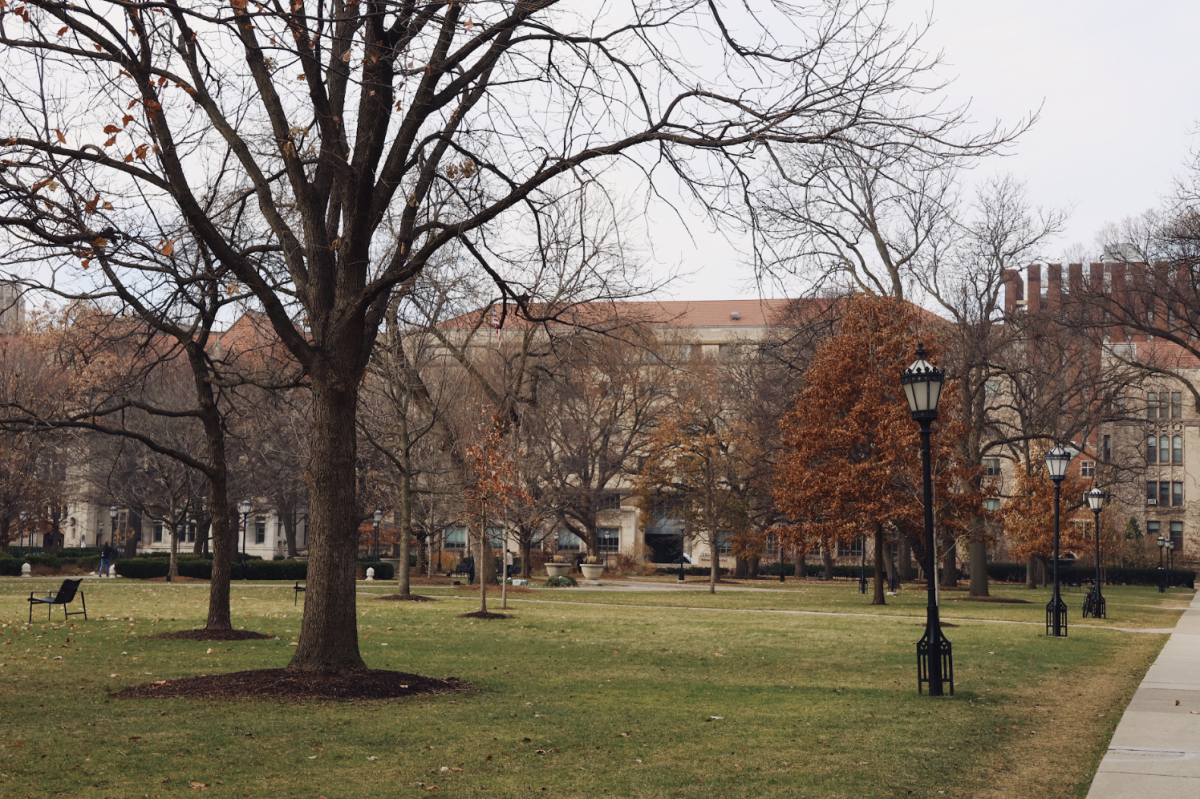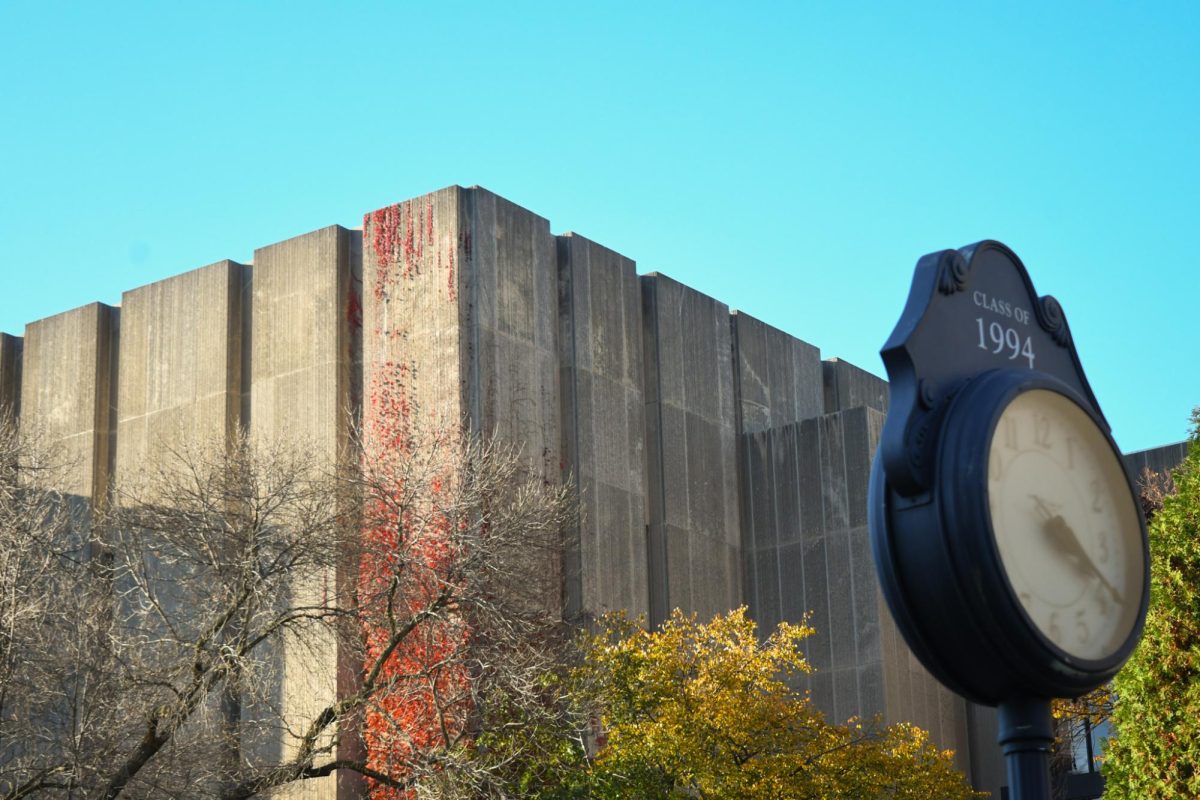The Intercollegiate Studies Institute’s (ISI) recent survey results have prompted an onslaught in the media of sensational headlines and aimlessly heated discussions on cable news. The most exciting claim is that colleges in the U.S. have failed their students, that students enter college more aware of American history and civics than they are when they leave, and that top colleges are some of the worst offenders. But an examination of the study’s methods and conclusions reveals gaping problems.
First, let’s all take a second to think about the source of the data. ISI tested students in their freshman and senior years and compared the scores. Their claim is that this difference reveals, or at the very least correlates with, students’ civic awareness. Now you don’t have to take an econometrics class to know how silly this conclusion is. For starters, top colleges like the U of C get top high school students—the type that actually learned things in junior-high civics class. We come into college knowing what we need to know and leave it having not wasted any time on rote memorization of names and dates.
Second, the survey takes no account of the spectrum of educational backgrounds encompassed by entering university students, some of whom are from different countries, and entirely ignores the nature of a liberal arts education. Students benefit from a diverse student populace, the type that hail from other countries and, understandably, don’t have a natural predilection toward curling up with a copy of an Idiot’s Guide to American History every night. ISI’s study would tell us such admissions decisions are misguided. The U of C would be pretty dumb to listen.
Third—and this is where the study goes from being just a half-baked attempt at proving a preconceived opinion to irrevocably flawed—is that it is targeted at the wrong audience. Historically, the place for civics education has always been in the high school classroom. When Thomas Jefferson wrote about the purpose and importance of public education, he was conceptualizing a method for giving each citizen a sense of national pride and civic responsibility as voting citizens, not an idealized notion that all students would be thus inspired to major in American history once they entered college. Jefferson was also a supporter of a liberal arts education, the type that empowered students to explore questions of preeminent importance and not only which candidate is would be best in Congress.
A university education is, by design, a melting pot of students from all cultures, classes, and national backgrounds. It is a place where larger ideas and broader intellectual questions are explored, and colleges should not be expected to continue playing catch-up for those who can’t recite the Gettysburg Address. It is understood, in fact, that a background in civics should already be embodied in students who have advanced this far in their educational careers; while there may be great validity in ISI’s survey to be explored, that exploration does not have its place in a university. ISI should take its exploration back to the grade school, the middle school, and the high school classroom, and there address the issue of the American student’s lackluster civics comprehension.









